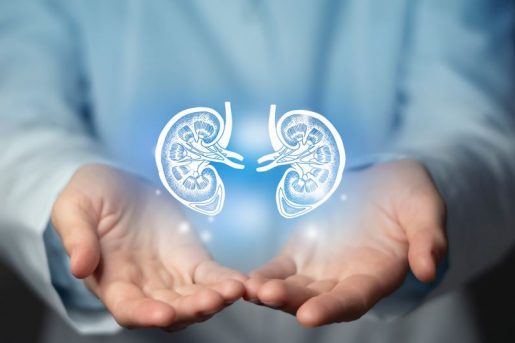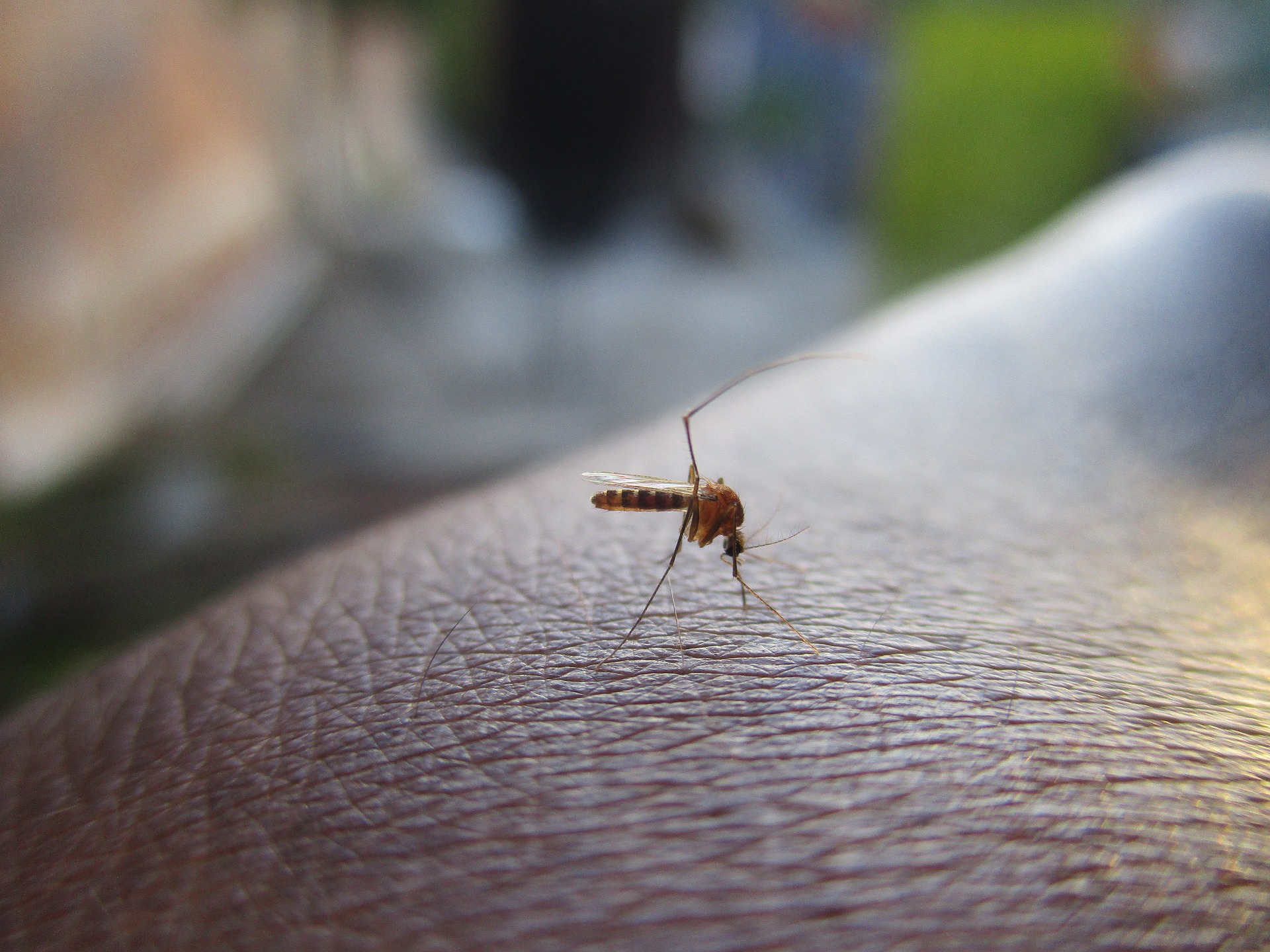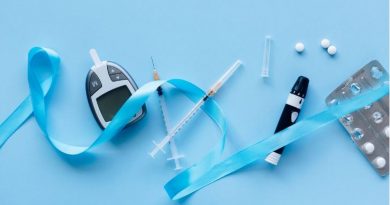What really counts: understanding who becomes a living kidney donor
The bioethical debate surrounding live kidney donation involves personal autonomy and the inherent risks to the donor’s health. Advocates maintain that capable individuals should have the right to make informed choices about their bodies, while critics caution against potential coercion and long-term health consequences.
In his collaboration with Martha Gershun, a live donor recipient, John Lantos wrote Kidney to Share to underscore these complexities, highlighting the necessity for rigorous informed consent and ethical oversight in the donation process.
Living donor kidney transplantation (LDKT) is a remarkable treatment that benefits those with end-stage kidney disease and often yields better outcomes than transplants derived from deceased donors. Despite its advantages, many potential donors who consider donating a kidney eventually decide against it. A recent multicenter prospective cohort study, “Determining Predictors of Actual Living Kidney Donation Based on Potential Donor Characteristics, “ led by Drs. Amy D. Waterman and Andrea M. Meinders found that only 18% of living donor candidates ultimately donated their kidneys, while 38.2% had modifiable reasons for discontinuing the process. This study highlights several key factors influencing whether potential donors ultimately follow through with donations. 
Family and social support -. The study found that family and social support play a crucial role in a potential donor’s decision to donate. Donor candidates were more likely to donate if they were married or in a relationship, had a close relationship with the recipient or received community support. Particularly, having a close connection to the recipient was a significant factor. Therefore, engaging with families, providing information, and fostering a supportive environment can enhance a donor’s commitment.
Awareness and knowledge – A clear understanding of the kidney donation process is vital. Potential donors who had detailed knowledge about the donation process and had discussed it with recipients were more than twice as likely to proceed. Those who actively sought information, such as reading about donation, watching videos or contacting the transplant center, also were more likely to donate. Therefore, providing comprehensive educational resources is essential for increasing donor engagement.
Education and socioeconomic factors – Potential donors with education beyond high school were more than twice as likely to donate compared to others. This suggests that higher educational attainment may enhance understanding and confidence in the donation process. Additionally, donor candidates with a higher annual household income appeared to be more likely to become donors, indicating that financial stability might alleviate concerns about potential costs or lost wages associated with donation.
Negative factors – The study also identified some negative predictors of donation. Potential donors who place a high importance on religion, are non-white or experience higher anxiety levels were less likely to complete the donation process within 12 months. Religious beliefs might lead to personal or ethical conflicts regarding donation, while non-white donors might face cultural barriers or mistrust of the medical system. High anxiety levels could deter donors because of stress and emotional pressure during the process. These factors highlight the complex interplay of personal beliefs, cultural backgrounds and psychological well-being in the decision-making process for organ donation.
The study’s findings emphasize the need for effective interventions to address socioeconomic barriers, engage the donor’s support network, improve donor readiness and reduce anxiety through peer support. Focusing on these modifiable factors can enhance support for potential donors and increase the number of successful living kidney donations.
By Dr. Duc T. Nguyen, assistant professor, Department of Pediatrics, Center for Epidemiology and Population Health, Baylor College of Medicine. Dr. Nguyen is a co-author of the discussed article.



